
WASHINGTON- In a new safety development, the Federal Aviation Administration (FAA) has raised alarms over potentially faulty components on a small number of Boeing 787 Dreamliners. The issue was disclosed in a proposed rulemaking notice on July 28, 2025.
The issue revolves around the ram air turbine (RAT) fittings installed on nine 787-9 and 787-10 aircraft, which may have been produced using substandard titanium.
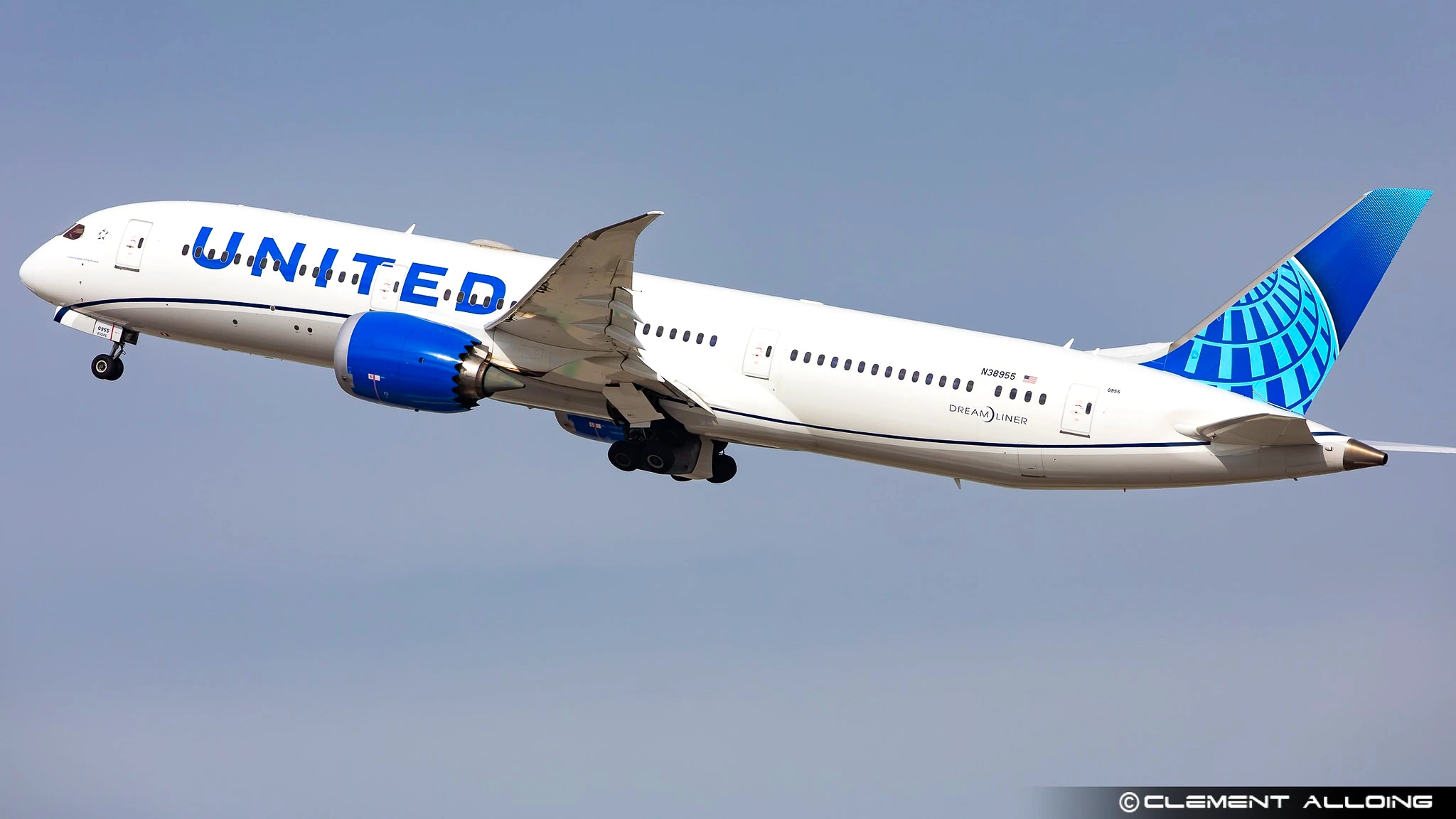 Photo: Clément Alloing
Photo: Clément AlloingBoeing 787 RAT Issue
At the heart of the concern lies the discovery that certain RAT fittings may have been manufactured using unapproved titanium. These are vital components that are deployed to generate emergency electrical power if the aircraft loses its primary systems.
Instead of the required aerospace-grade Grade 5 Ti-6Al-4V alloy, these fittings were made from Grade 1 or Grade 2 commercially pure titanium, which lacks the necessary strength and fatigue resistance.
The FAA warns that this discrepancy could result in failures during RAT deployment. If this scenario occurs, it could compromise the backup power supply or even lead to the RAT detaching during flight.
The ramifications for in-flight safety are significant, even though the number of affected aircraft is currently limited.
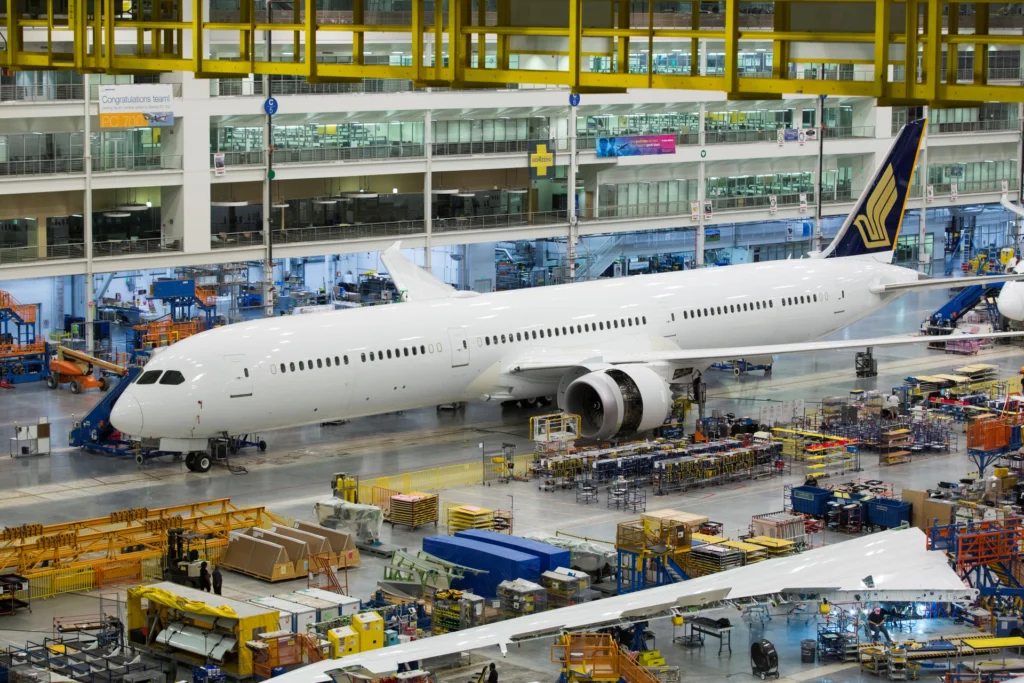 Photo: Boeing
Photo: BoeingA Supply Chain Red Flag
The substandard titanium in question is believed to have originated from China. As per reports, it was supplied by Spirit AeroSystems, which is a key supplier to both Boeing and Airbus. This issue echoes similar reports from 2024, when global titanium shortages caused by Western sanctions on Russia led manufacturers to turn to alternatives.
It was identified that the manufacturers sometimes used unverified sources. These supply chain decisions may have inadvertently introduced compromised materials into critical aircraft components.
There are only a limited number of aircraft currently identified. However, the FAA’s proposed rule is based on multiple supplier alerts, indicating that the problem could be systemic rather than isolated.
It’s still unclear how the faulty titanium moved through the supply chain. This raises more questions about how airplane parts are made and tracked.
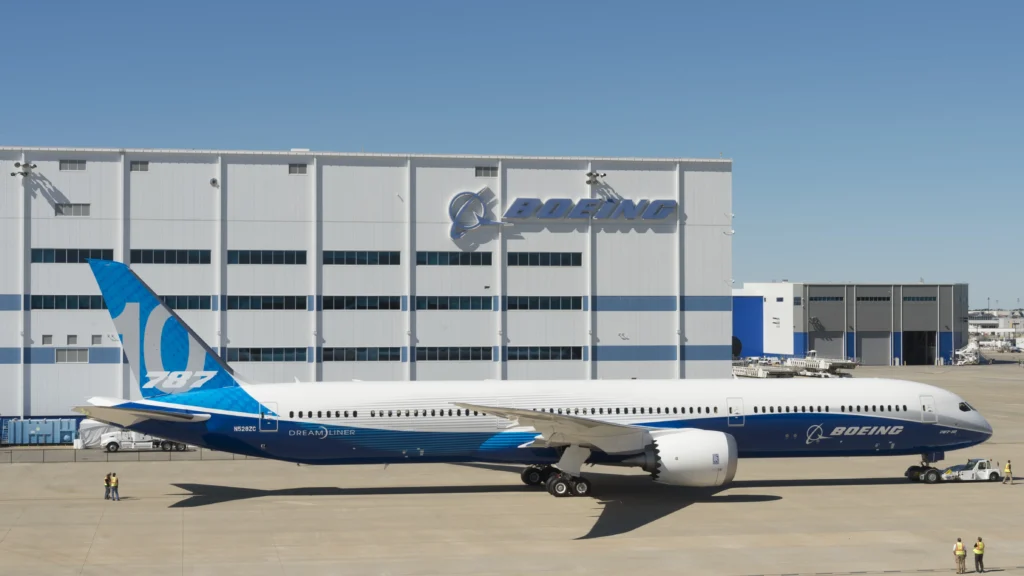 Photo: Boeing
Photo: BoeingBoeing and Supplier Reaction
The affected 787s were assembled at Boeing’s facility in North Charleston, South Carolina. In response to early warnings, Boeing released an Alert Requirements Bulletin in February 2025. As per the Bulletin, it was recommended that airlines inspect the RAT fittings using nondestructive testing methods.
Airlines were asked to use methods such as high-frequency eddy current analysis and X-ray fluorescence spectroscopy. Collins Aerospace, the manufacturer responsible for the RAT units, reportedly took a $175 million financial hit in 2024 to change its titanium supplier.
However, neither Collins nor Boeing has provided public comments on the FAA’s latest notice. A question here arises about how rigorously material sourcing and quality assurance protocols are being enforced.
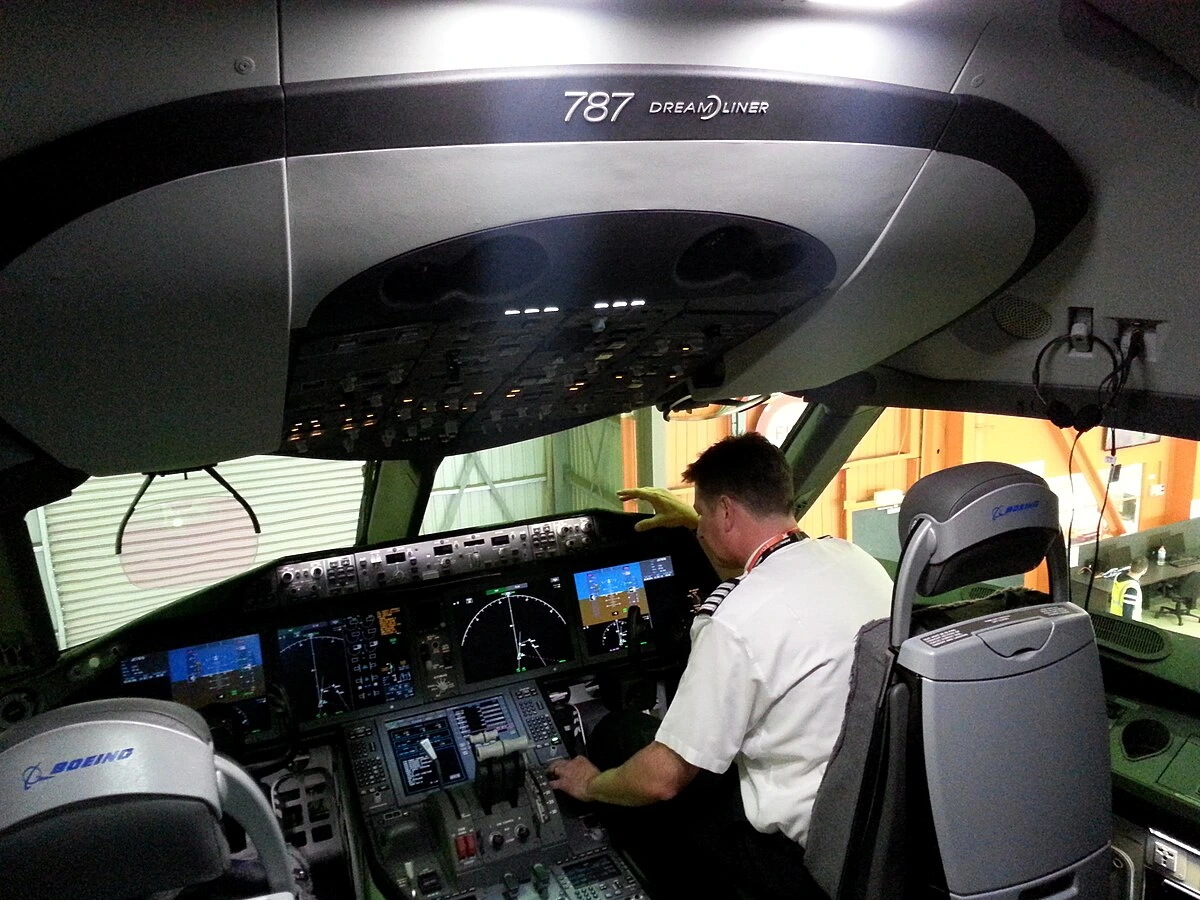 Photo- Jetstar Airways; Wikimedia Commons
Photo- Jetstar Airways; Wikimedia CommonsImplications for Safety and Operations
While the issue affects only nine aircraft, the implications are surely larger. The RAT serves as a final option of defense for power generation during emergencies. Any compromise in its reliability, however unlikely the deployment may be, represents a serious safety concern.
Airlines operating the affected Boeing 787-9 and 787-10 aircraft might face short-term schedule disruptions. It is better that airlines inspect and identify potential part replacements if required.
Meanwhile, regulators are likely to further probe the extent of reliance on alternative titanium sources across the aviation industry.
This comes at a time when Boeing is already dealing with a series of production and quality control issues across its various commercial aircraft variants. The 787 variant, in particular, has been under close watch since prior delivery delays and build quality concerns that emerged earlier.
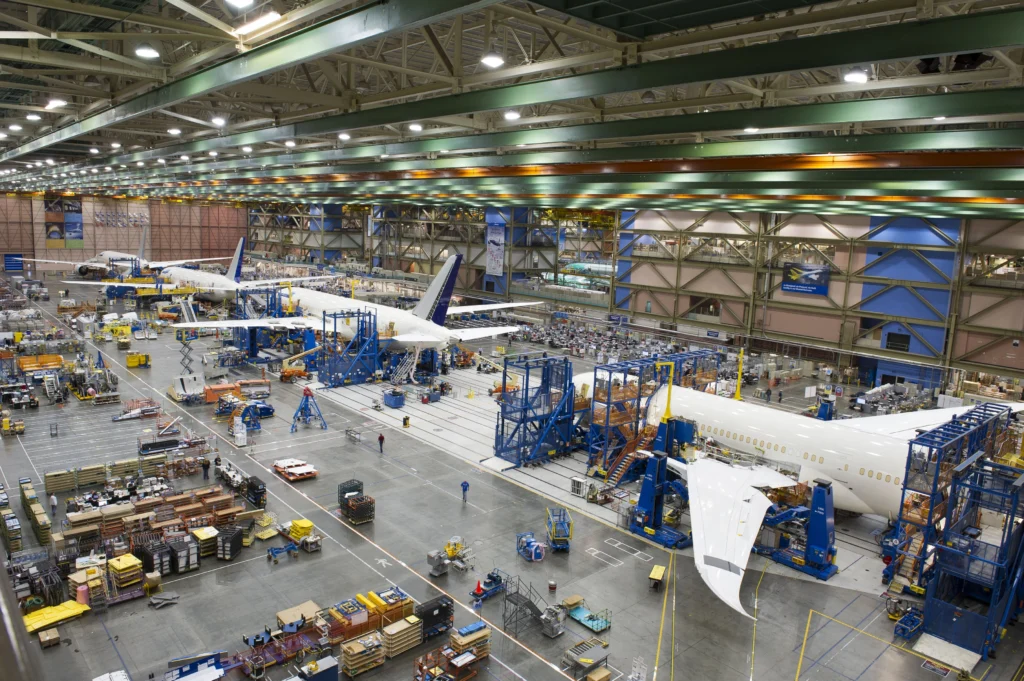 Photo: Boeing
Photo: BoeingWhat’s Next for Boeing?
The FAA’s proposal will now undergo public review before being finalized. Once it takes effect, it will require immediate inspections of the RAT fittings on the nine impacted aircraft. Airlines and maintenance providers are being urged to prepare accordingly, especially as the busy winter travel season approaches.
Beyond the immediate repairs, the incident underscores a pressing issue for aerospace, i.e., the supply chain integrity. As the aviation sector continues to grow, the raw material constraints and geopolitical pressures will only increase. This, in turn, will make it difficult to maintain stringent quality control, which will be critical in preventing similar safety lapses.
As the investigation unfolds and the FAA finalizes its directives, more details may emerge on how such material breaches occurred. There should be a serious discussion about what steps manufacturers will take to ensure that this doesn’t happen again.
Stay tuned with us. Further, follow us on social media for the latest updates.
Join us on Telegram Group for the Latest Aviation Updates. Subsequently, follow us on Google News
American Airlines Flagship New Boeing 787 Faces Multiple Technical Issues
The post FAA Flags Critical RAT Issue on Few Boeing 787 Dreamliners appeared first on Aviation A2Z.

 4 miesięcy temu
4 miesięcy temu













